The
Sixteen Arhats or Arahants are 'saints' or sages who have fully
realized for themselves the Buddhist Doctrine, and have attained
freedom from the cycle of suffering and rebirth. In some texts
the Buddha is described as being accompanied by 50 arahants,
sometimes by 500 or other multiples of this number (the figure
is taken by some simply to mean a large crowd). Only 16 Arahants
are actually worshipped, and these are perhaps symbolic of the
four Arahants that tradition assigns to each of the four cardinal
points (materialized as a region of India or of China and as
a special 'paradise'). Thus, for example, the first of them,
Pindola Bharadvaja, is said to reside with 1,000 of his disciples
in Aparagodani, to the west; the second, Kanakavatsa, with 500
disciples, in Kashmir in the north; the tenth, Panthaka, with
1,300 disciples, in the Heaven of the 33 Gods. It appears that
Pindola, the only one with Mahakasyapa who did not enter Nirvana,
became the Arhats par excellence after the disappearance
of Mahakasyapa, and that the others are merely replicas.
These
16 Arhats, distinguished by the Buddha, formed part of the 500
claimed by tradition to have attended the First Council in Rajagrha:
there they vowed to renounce Nirvana in order to devote themselves
more effectively to the relief of human misery, like the Bodhisattvas.
They are considered in Northern Buddhism in general and in Japan
in particular as Sravakas or auditors of the Good Word,
all disciples of the Small Vehicle and, as very wise human beings,
destined to become Bodhisattvas.
They
are quite often represented, especially in China and Japan,
in sculpture and painting, in poses and with attributes that
are often rather different, and this sometimes makes them difficult
to identify. They may be shown as young or old men (depending
on the style of the painter and the period), usually clothed
as monks, heads shaved (except for Rahula). These 16 Arhats,
depicted here in the Tibetan style, are the only ones described
briefly here, since the others do not obey any particular rule
of representation.
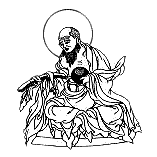
Pindola Bharadvaja |
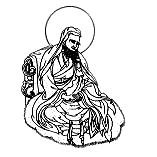
Ajita |
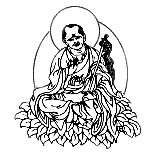
Subinda |
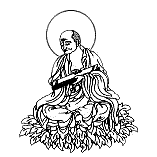
Kalika |
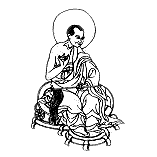
Vajraputra |
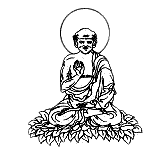
Bhadra |
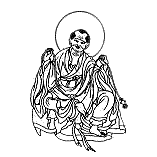
Kanakavatsa |
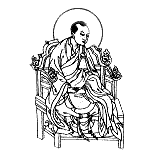
Kanaka Bhadra |

Nakula (Vakula) |
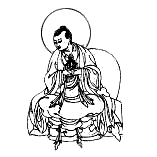
Rahula |
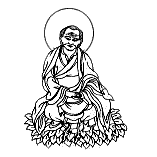
Chudapanthaka |
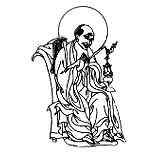
Angaja |

Panthaka |
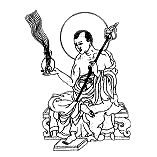
Nagasena |
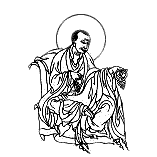
Jivaka
|
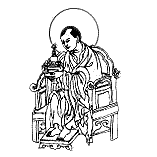
Vanavasin. |